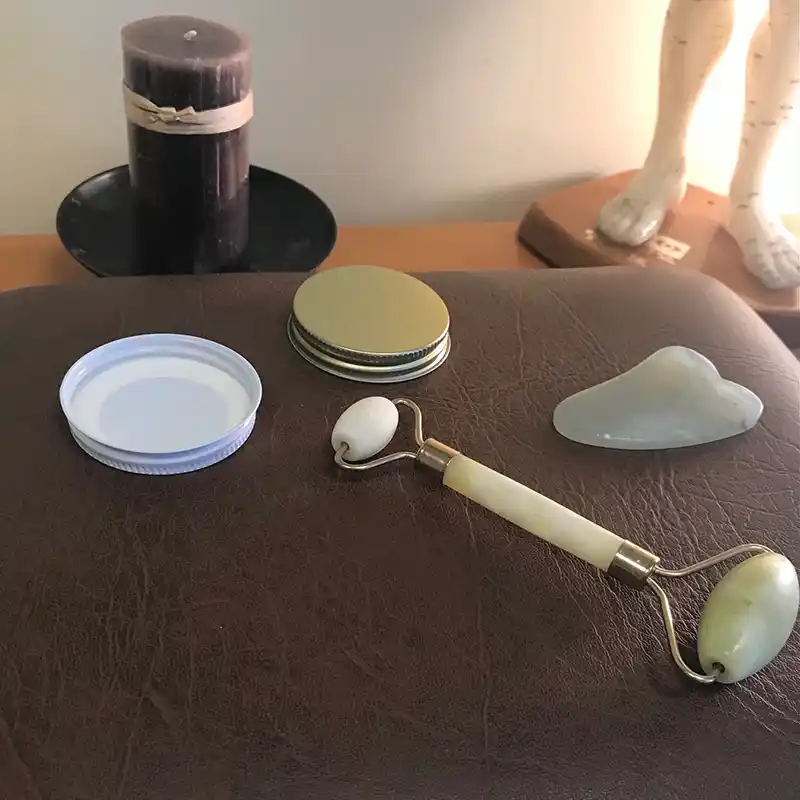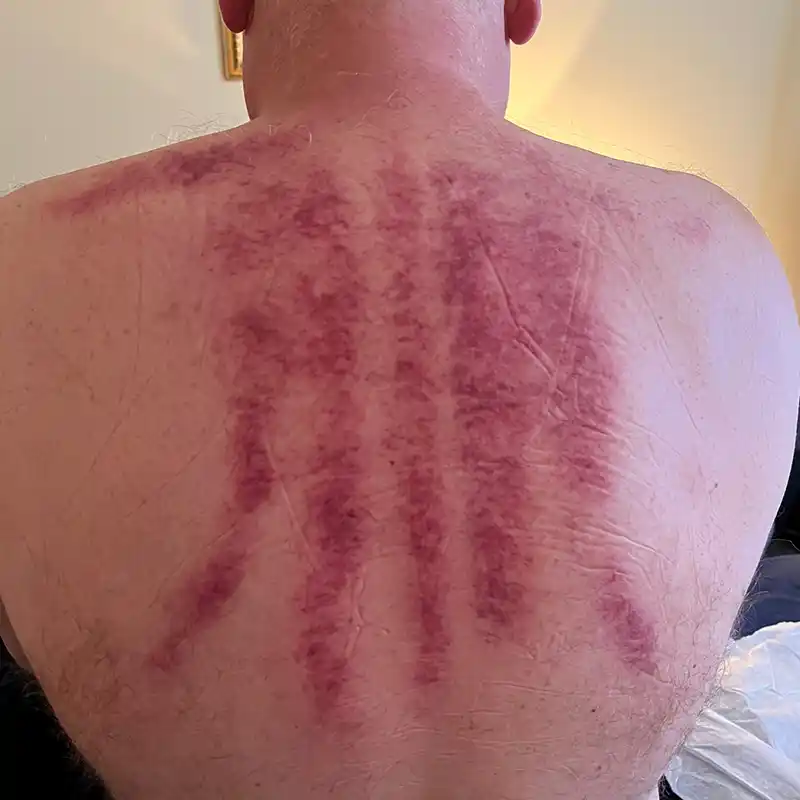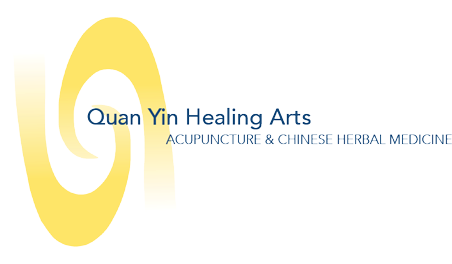Gua Sha
 What is Gua Sha?
What is Gua Sha?
Gua sha is a traditional medicine for pain, inflammation and immune support. It is an essential hands-on medical treatment used throughout Asia for centuries. Gua meant ‘to rub’ or ‘press stroke.’ Sha is a term that describes the blood congestion in the surface tissue in areas where the patient may experience stiffness and pain. Sha is also the term for the little red dots that are raised from applying Gua sha (Nielsen 2012)
How is it Applied?
Gua sha is a friction or scraping technique. A simple tool is used to apply gua sha to the congested areas of the body. Traditionally, polished animal horns or ceramic Chinese soup spoons were used to apply the press strokes. In a modern office, a single-use, disposable jar cap may be used to maintain strict hygienic standards.
Gua sha press-stroking is applied in repeated even strokes. As the acupuncturist works, sha appears on the patient as small red dots, and the pain immediately shifts. The dots quickly fade into a blended reddishness. The sha disappears totally in two to three days after treatment. Pain relief lasts even after the sha is completely gone.
Does it Hurt?
Even though it is a scraping technique, the instruments used have a smooth rounded edge. The practitioner determines where to apply by pressing the body to determine areas of congestion. When gua sha is indicated, the pressure needed to have a good effect is quite gentle.
Before the treatment begins, the acupuncturist will apply a thick greasy lubricant to the skin. Karen often uses a Chinese herbal massage salve which has the added benefit of increasing the inflammation-reducing properties.
Most people find gua sha quite comfortable, and it is important to tell your practitioner if the technique feels too intense. The relief felt after treatment is often immediate and lasting.
 What are the Benefits of Gua Sha, and What does it Treat?
What are the Benefits of Gua Sha, and What does it Treat?
The benefits are numerous.
- Resolves spasms and pain for musculoskeletal problems
- Promotes normal circulation to muscles, tissues and organs
- Resolves coughing and wheezing
- Increases microcirculation of surface tissue
- Reduces fever
- Relief for migraines
- Relief for insomnia, fatigue and anxiety
Acupuncturists consider gua sha for any illness or condition with pain or discomfort, upper respiratory and digestive problems, and any condition where touch palpation indicates there is sha. Gua sha is often done in combination with acupuncture for conditions that acupuncture alone cannot address.
How Does it Work?
Basically, like acupuncture, gua sha promotes blood circulation, which will have a beneficial effect on all systems of the body. If blood and qi flow smoothly, the body is more likely to be in a place of health and vitality.
Research has shown that gua sha causes a four-fold increase in microcirculation of surface tissue (Nielsen et al. 2007) and can reduce inflammation and stimulate the immune system (Braun et al. 2011, Chen et al. 2011) Gua sha upregulates heme-oxygenase-1 (HO-1), that acts to reduce internal organ inflammation, for example in cases of asthma, hepatitis and liver disease.
What Should I do After a Treatment?
After treatment, you should protect the area from wind, cold, and direct sun until the sha fades. You should drink plenty of water and eat moderately, avoiding rich and greasy foods.
Who Should Avoid Gua Sha?
Most people should be able to tolerate this therapy well. However, it is essential to let your practitioner know if you have problems with your circulation or if you have diabetes. That way, the practitioner can adjust the pressure to avoid potential issues. If you are on blood thinners, you should avoid this treatment or have it done very gently to prevent problems.
References Braun, M., Schwickert, M., Nielsen, A., et al., 2011. Effectiveness of Traditional Chinese ‘Gua Sha’ Therapy in Patients with Chronic Neck Pain; A Randomized Controlled Trial. Pain Med 12 (3), 362–369. Chan, S., Yuen, J., Gohel, M., et al., 2011. Guasha-induced hepatoprotection in chronic active hepatitis B: A case study. Clin Chim Acta 412 (17–18), 1686–1688. Kwong KK, Kloetzer L, Wong KK et al. 2009. Bioluminescence imaging of heme oxygenase-1 upregulation in the Gua Sha procedure. J Vis Exp. 30 (August 28):1385. Nielsen, A., 2012. Gua Sha. A Traditional Technique for Modern Practice, 2nd ed. Elsevier, Edinburgh. Nielsen, A., Knoblauch, N.T.M., Dobos, G.J., et al., 2007. The Effect of Gua Sha Treatment on the Microcirculation of Surface Tissue: A Pilot Study in Healthy Subjects. Explore (NY) 3 (5), 456–466.

